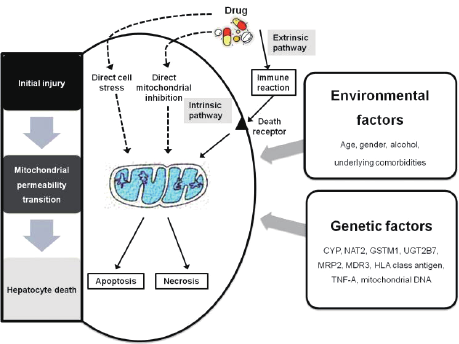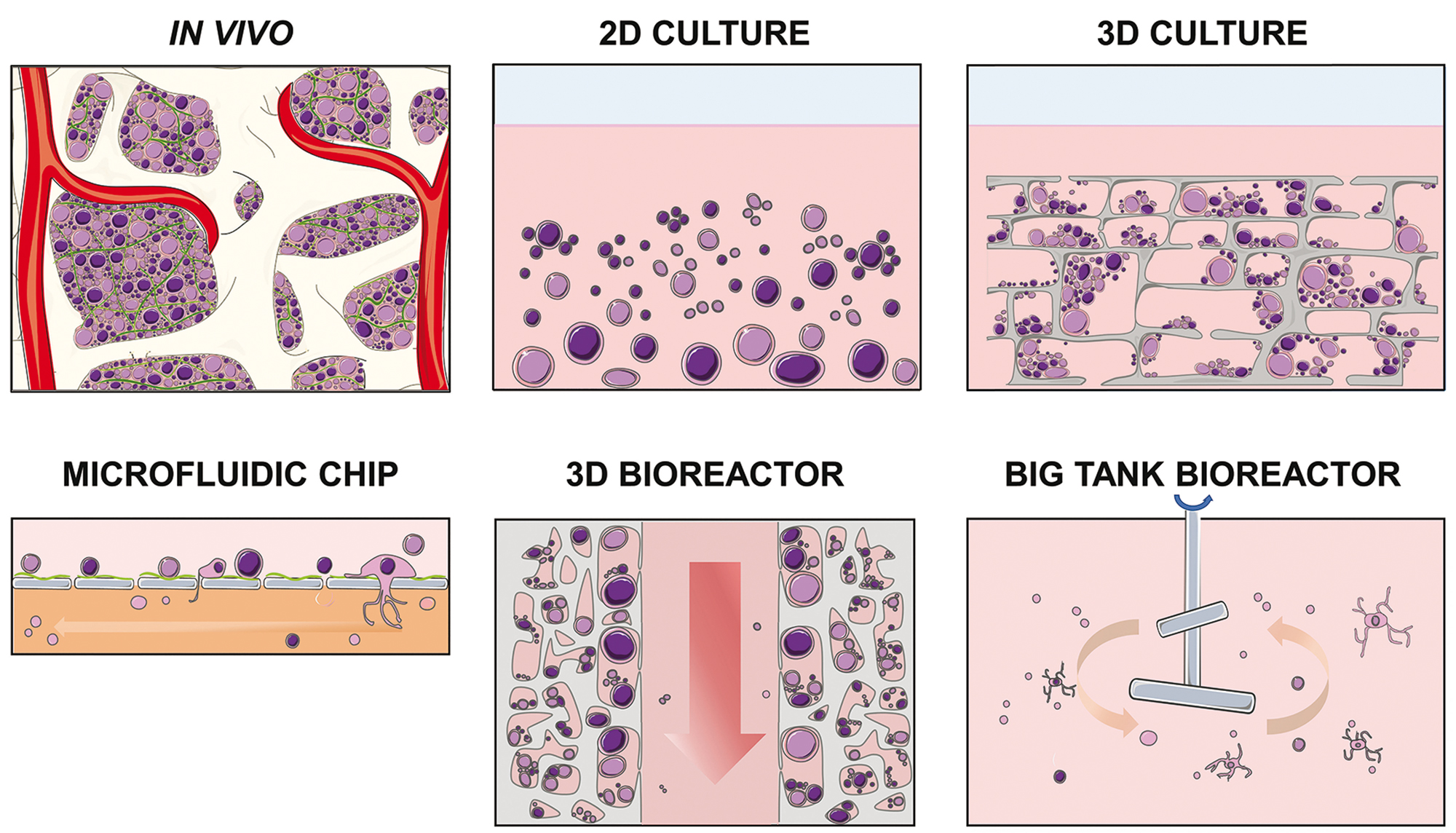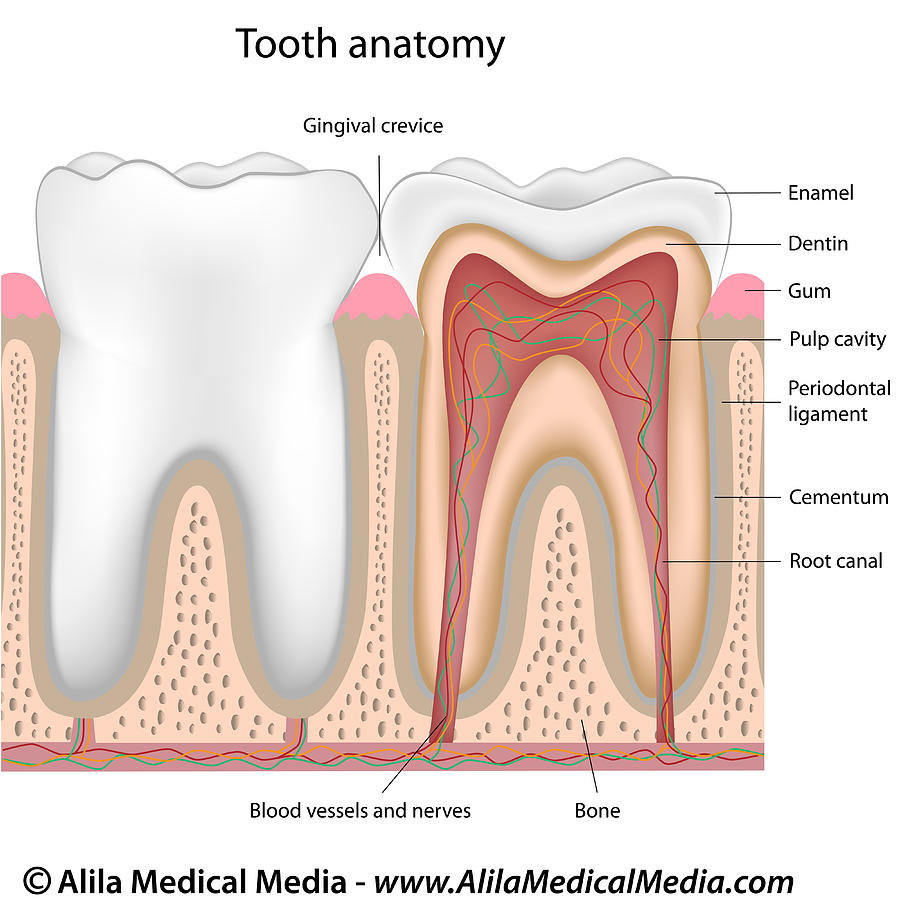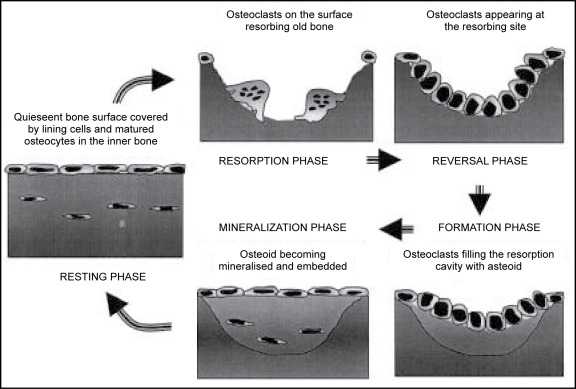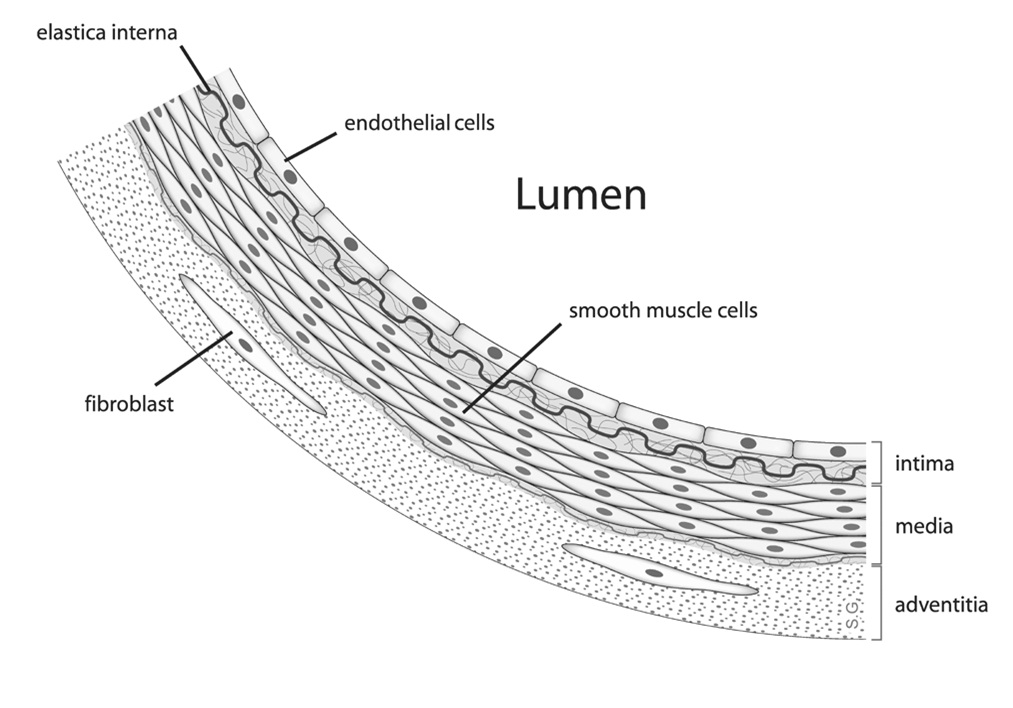Optimising you experiments with BioFloat plates
Biofloat coated plates are easy to use, versatile and reliable. There is no specific protocol for using the plates, however, for maximum reliability and reproducibility of experiments, please follow the following guidelines. 1. Seeding density- The seeding density is dependent on
Primary Hepatocyte Cell culture applicable for drug induced liver injury studies
Drug induced liver injury (DILI) is an adverse response to drugs or other xenobiotic chemicals. It can occur as a predictive event when a person is exposed to toxic amounts of some compounds or as an unpredictable event caused by
3D Spheroid culture of Stroma cells
Three-dimensional (3D) cultures are widely accepted as an excellent in-vitro model of high through out drug screening, preclinical cancer research and cancer/stem cell research. 3D spheroid models are morphologically and functionally representative of in-vivo cell state, and are able to
Blood cells in 3D cell culture
In recent decades there has been a strong move from 2 dimensional cell cultures to 3D cell culture systems as a laboratory tool to recapitulate the morphology of native human tissues. 3D cell culture systems has been quite challenging to
Coating of Surfaces with BIOFLOAT™ Flex Solution
In-vitro Cell culture assays are currently the most popular choice in basic and Pathophysiological research. Additionally cell based in-vitro assays are fast, easy and rapid making it an excellent platform for pharmacological and toxicological studies. Though traditional 2D cell cultures
Dental cells
Dental pulp stem cells (DPSCs) are derived from the dental pulp; the soft living tissue within teeth. These cells are pluripotent and are able to differentiate into tissues that bare similarity to mesoderm, endoderm and ectoderm layers (Atari et al,
Bone microenvironment
Bone is a mineralized connective tissue composed of four types of cells namely, osteoblasts, osteocytes, osteoclasts and bone lining cells. Bone tissue is constantly undergoing remodeling via the bone resorption by osteoclasts and bone formation by osteoblasts. Osteocytes operate as
The Pancreatic islets
The pancreas is both an exocrine and an endocrine gland. The exocrine functions are performed by acinar cells, which secrete digestive enzymes. The endocrine role is played by the pancreatic islets; group of cells comprising of alpha, beta, delta and
The Endothelium: An interface between Blood, tissue and lymph
The Endothelium consists of a single layer of squamous endothelial cells, forming the inner lining of the circulatory system. It is has varying degrees of permeability depending on the organ physiology as it operates as a barrier between vessels and



